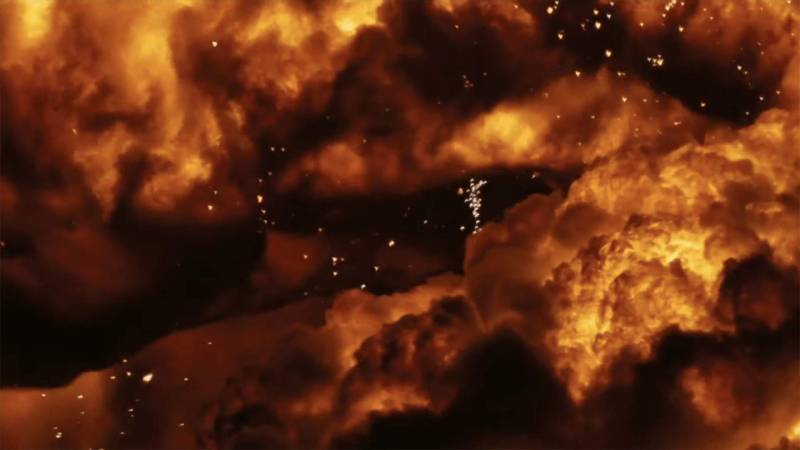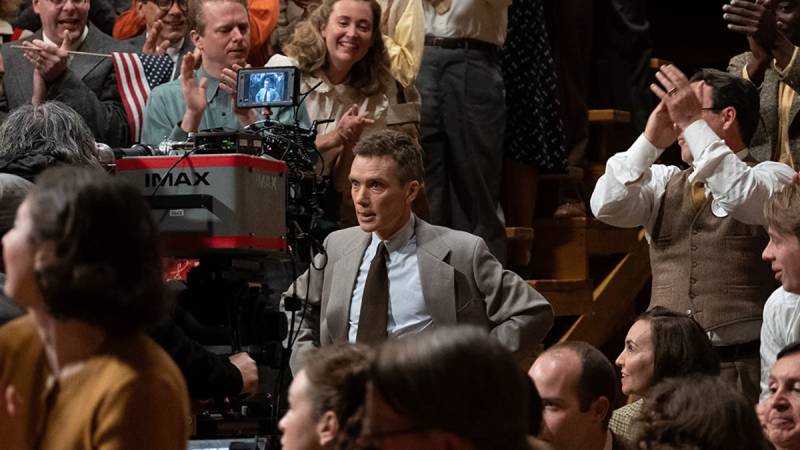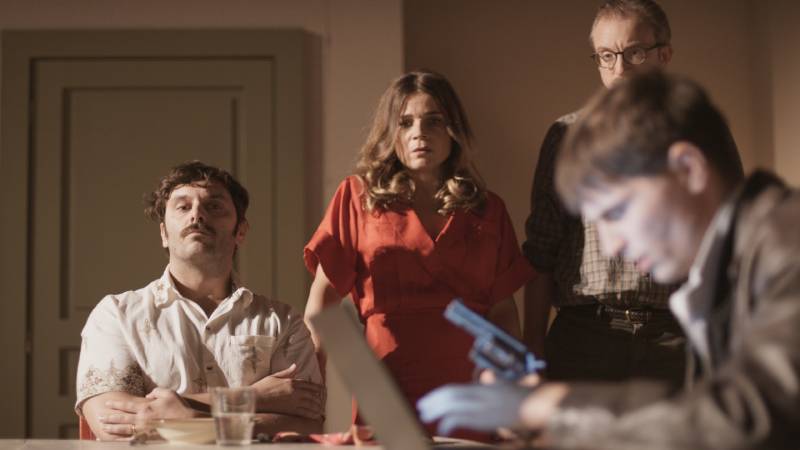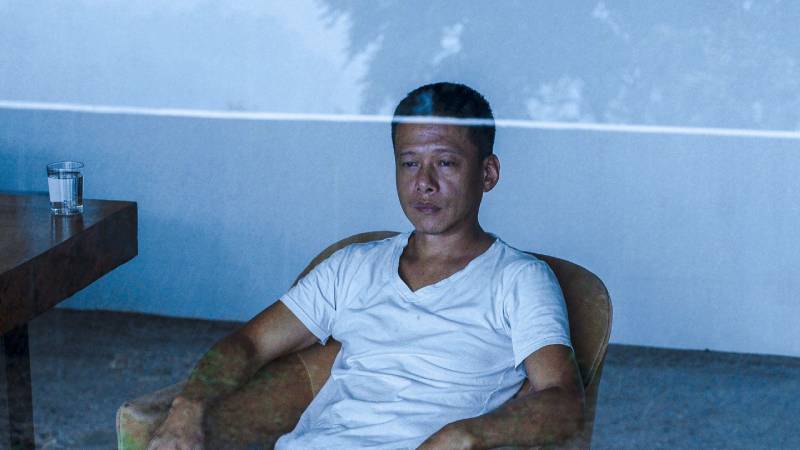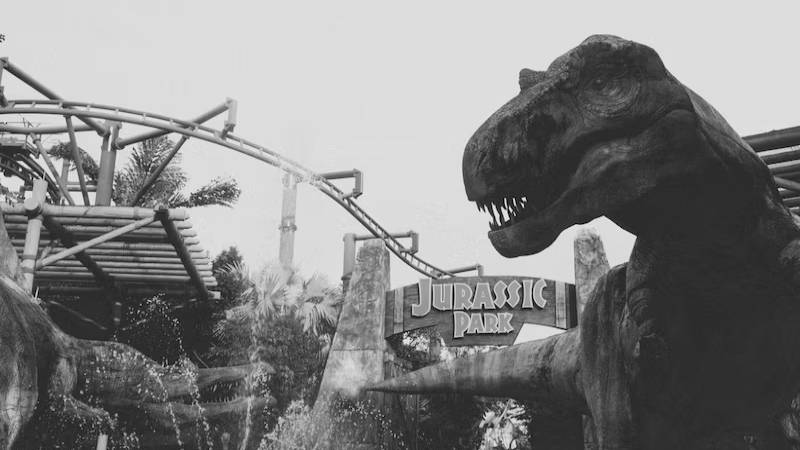The new Hollywood movies and their sequels have been a hit, and 2022 was an example of this. In 2022, there were several releases and sequels that hit the market, as many viewers have been anticipating viewing these movies. Many individuals booked their tickets immediately after they were released at the theatres.
…
.
Due to the pandemic, most theatres experienced low turnouts as there mainly were no big movies as before the pandemic happened. Most of these movies were sequels because the pandemic altered the production of some movies. If you like films about the history of cars but have already seen all possible movies, then you can read interesting information about Formula 1 facts.
.
1. Avatar: The Way of Water (James Cameron):
The first avatar was released on December 18, 2009. It is a science fiction movie made by Lightstorm Entertainment and written and directed by James Cameron. This was the first in the planned sequel of five films. The movie referred to the remote control of genetically engineered Na’Vi bodies used by humans for interaction with the general population.
Thirteen years after the release of the first film in the sequel, James Cameron finally released the second film in the sequel. The released film was available at the cinemas on December 16, 2022, and has since received a massive turnout at the cinemas. This film turned out to be one of the biggest December openings as it generated a huge domestic run.
The original movie generated an initial domestic run of $749.8 million during its release. Its released sequel showed the audience the career of blockbusters that Cameron is popularly known for. There is a strong demand for the movie, which fueled the interest in seeing the film in a good format.
Entering 2023, the film does not have a high level of competition; hence the sequel will have a great runway to build its box office achievement.
| Director and Write |
James Cameron |
| Producer |
James Cameron and Jon Landau |
| Distributor |
20th Century Studios Fox |
| Date Released |
December 16, 2022 |
| Language |
English |
| Domestic Opening Weekend |
$134.1M |
| Domestic Total |
$446.9M |
| Overseas |
$307.6M |
.
The movie was the first major non-Chinese release in China and it earned 100% of its opening in China from 3D showings.
.
2. Top Gun: Maverick (Joseph Kosinski):
This is one of the most popular and highest-grossing releases in 2022. It was released on May 27, 2022, and it has since generated huge funds because of its popularity. The movie is one of the most anticipated films of the year. This movie premiered on April 28, 2022, at CinemaCon.
Top Gun: Maverick is also a sequel to the original Top Gun (Tony Scott), released on May 12, 1986. In the film, Pete “Maverick” Mitchell, whose real name is Thomas Cruise, is a courageous test pilot. He later found himself training Top Gun Detachment graduates for a specialised mission.
Tom Cruise also starred in another casino-related movie titled Rain Man (Barry Levinson, 1988). In the movie, an autistic man inherits a million-dollar trust fund. He has an estranged brother who is an autistic savant and makes use of his talent to count cards at casinos for his younger brother. They were seen playing some slot games that have no wagering casino bonus, with a minimumcasino deposit 1 pound.
The assignment of Cruise and the graduates was to destroy an unnamed enemy. Cruise is one of the most versatile, gifted, comedic, and dramatic actors. He acted in some of the bestselling movies such as Collateral (Michael Mann, 2004) and Magnolia (Paul Thomas Anderson, 1999) . The Tog Gun: Maverick, a thrilling film starring Tom Cruise, also led to the movie’s popularity worldwide.
Top Gun: Maverick’s opening weekend exceeded the expectations of the producer. The film gave the lead actor Thomas Cruise the first $100M opener of his career. Maverick is the only film in history to take a top spot on Labor Day weekend and Memorial Day weekend.
| Director |
Joseph Kosinski |
| Producer |
Jerry Bruckheimer, Tom Cruise, and David Ellison |
| Distributor |
Paramount Pictures |
| Date Released |
May 27, 2022 |
| Language |
English |
| Domestic Opening Weekend |
$126.7M |
| Domestic Total |
$719M |
..
Factors that impact the success of a movie
There are factors that impact the box office success of a movie and they are:
- The level of competition during the release period of the movie.
- How popular the film’s genre is currently.
- The popularity of the movie’s content.
- The effective marketing campaign of the movie.
- Critical and positive reviews also help to drive attention to the movie.
.
3. Doctor Strange in the Multiverse of Madness (Sam Raimi):
This is the sequel to 2016’s Doctor Strange (Scott Derrickson). In this film, the director pits the Master of the Mystic Arts against the Scarlet Witch. The film returned to the screen in 2022, pleasing both Disney and Marvel Studios and becoming one of the greatest releases in 2022. There was a device plotted in the multiverse which disrupted the balance.
Doctor Strange bounced through the various alternate realities to protect a dimension-hopping girl called America Chavez. He was also to stop the Scarlet Witch from using an evil spell from a book called the Darkhold. The Scarlet Witch intended to use the evil spell book to enslave the multiverse.
The film showcases Benedict Wong as Wong, Rachel McAdams as Dr Christine Palmer, and Benedict Cumberbatch as the titular wizard. There were hopes that the director Scott Derrickson would helm the sequel. However, due to time constraints and creative differences, he opted out early on to do The Black Phone (2021). Scott Derrickson delivered a more measured approach to the character and also delivered a genuine pathos of his origin story. You will be thoroughly entertained in the movie if your idea of a great Doctor Strange flick is a witchy mom trying to unite with her imaginary kids and clashing with a putrefying zombified sorcerer.
The movie has a lot of brilliant special effects, which give the audience an enthralling and thrilling moment. There were interdimensional contortions Cumberbatch experiences which will leave you strapped into the movie for two hours.
.
4. Jurassic World: Dominion (Colin Tevorrow):
Jurassic World: Dominion finished filming during the height of the pandemic. It was also a vital piece that contributed to the recovery of the summer 2022 box office. The film reunited some casting members like Jeff Goldblum, Sam Neill, and Laura Dern with Bryce Dallas Howard and Chris Pratt.

The film scored the fourth-highest June debut in history by being behind Fallen Kingdom’s (JA Bayona,m 2018) $148M. Jurassic World: Dominion is a sequel to the original, which was Jurassic Park (Steven Spielberg, 1993). It was a bit of an improvement in some areas over the previous film. However, some audiences feel like it is time to let this good franchise rest as it has lumbered down from its classic start.
In the movie, there was a timely and breathtaking new adventure that cuts across the globe. Dominion began after Isla Nublar was destroyed, and the dinosaurs lived and hunted with humans worldwide. It is a fragile balance that will determine whether humans are to remain the apex predators on the planet they share with the most fearsome creatures.
.
5. Black Panther: Wakanda Forever (Ryan Coogler):
Black Panther: Wakanda Forever made history and broke the overall November domestic opening weekend record. The record was previously held by The Hunger Games: Catching Fire (Francis Lawrence, 2013) by a solid margin ($158M). On the weekend of the release, the AMC recorded a domestic concession for the most beverage and food sold in a day in November.
IMAX also reported a new domestic weekend box office record of $14.2M in November. The movie also led five frames consecutively at the box office. It is the second highest-grossing movie of 2022. The following is some of the vital information about the starred actresses and the funds generated by the movie:
- Director: Ryan Coogler
- Writer: Joe Robert Cole and Ryan Coogler
- Producer: Kevin Feige and Nate Moore
- Production Company: Marvel Studios
- Distributor: Walt Disney Studios Motion Pictures
- Date Released: November 11, 2022
- Language: English
- Budget: $250M
- Starring: Letitia Wright, Danai Gurira, Lupita Nyong’o, Michaela Coel, and Angela Bassett
- Domestic Opening Weekend: $181M
- Domestic Total: $409M
.
Conclusion
There were several movies released in 2022, however, there were some that had a huge audience waiting in anticipation for their release. These movies were sequels to their original movies that had been released years back. A lot of individuals launched to their nearest theatres on the day of release to watch these movies.
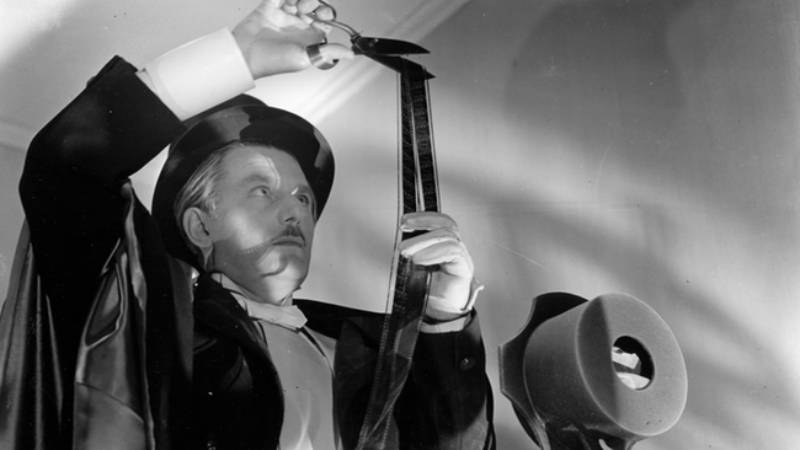











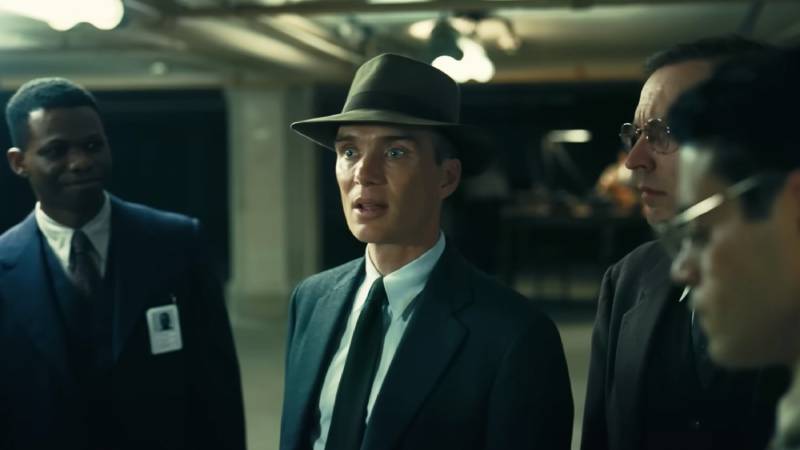 .
.